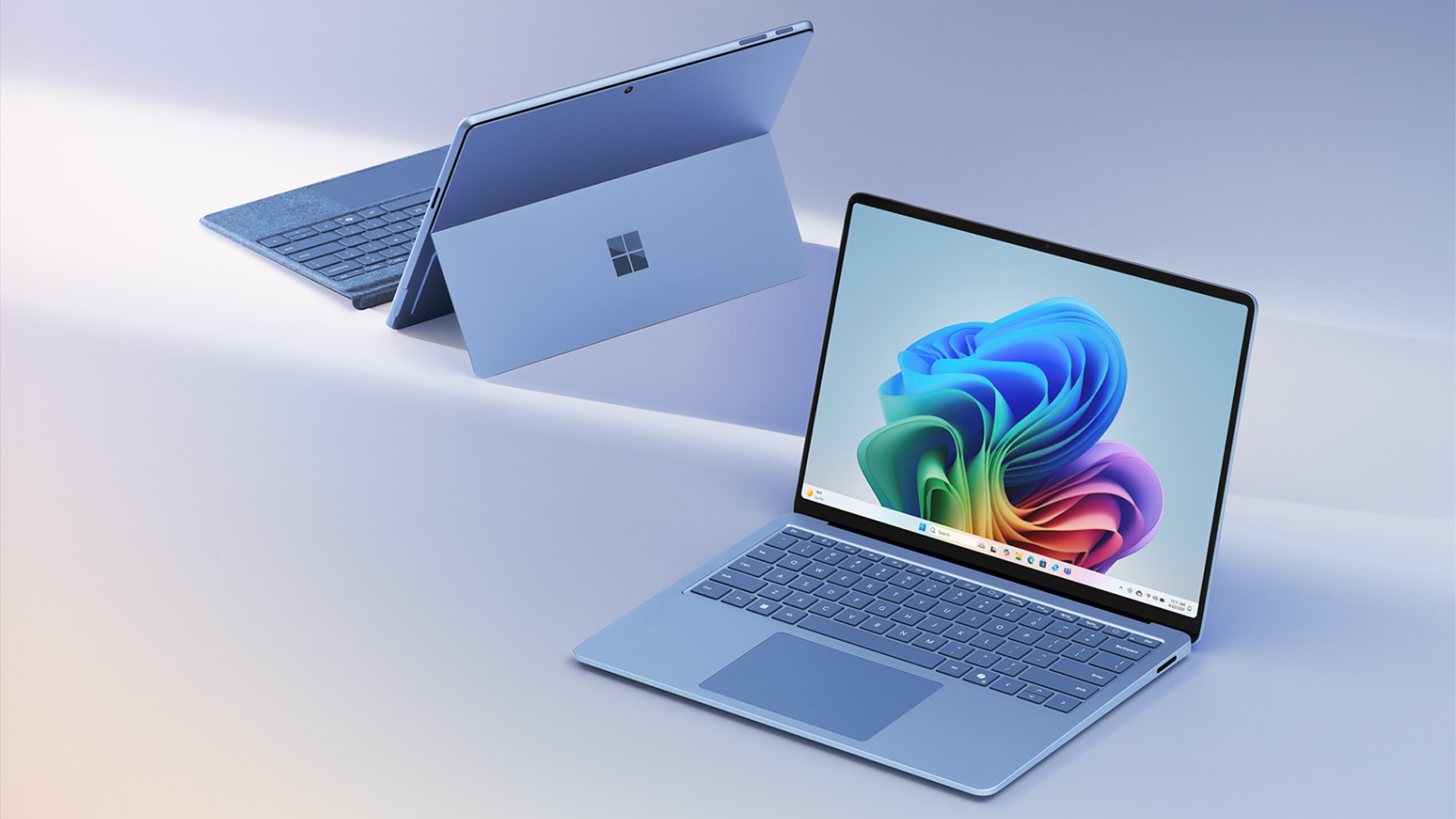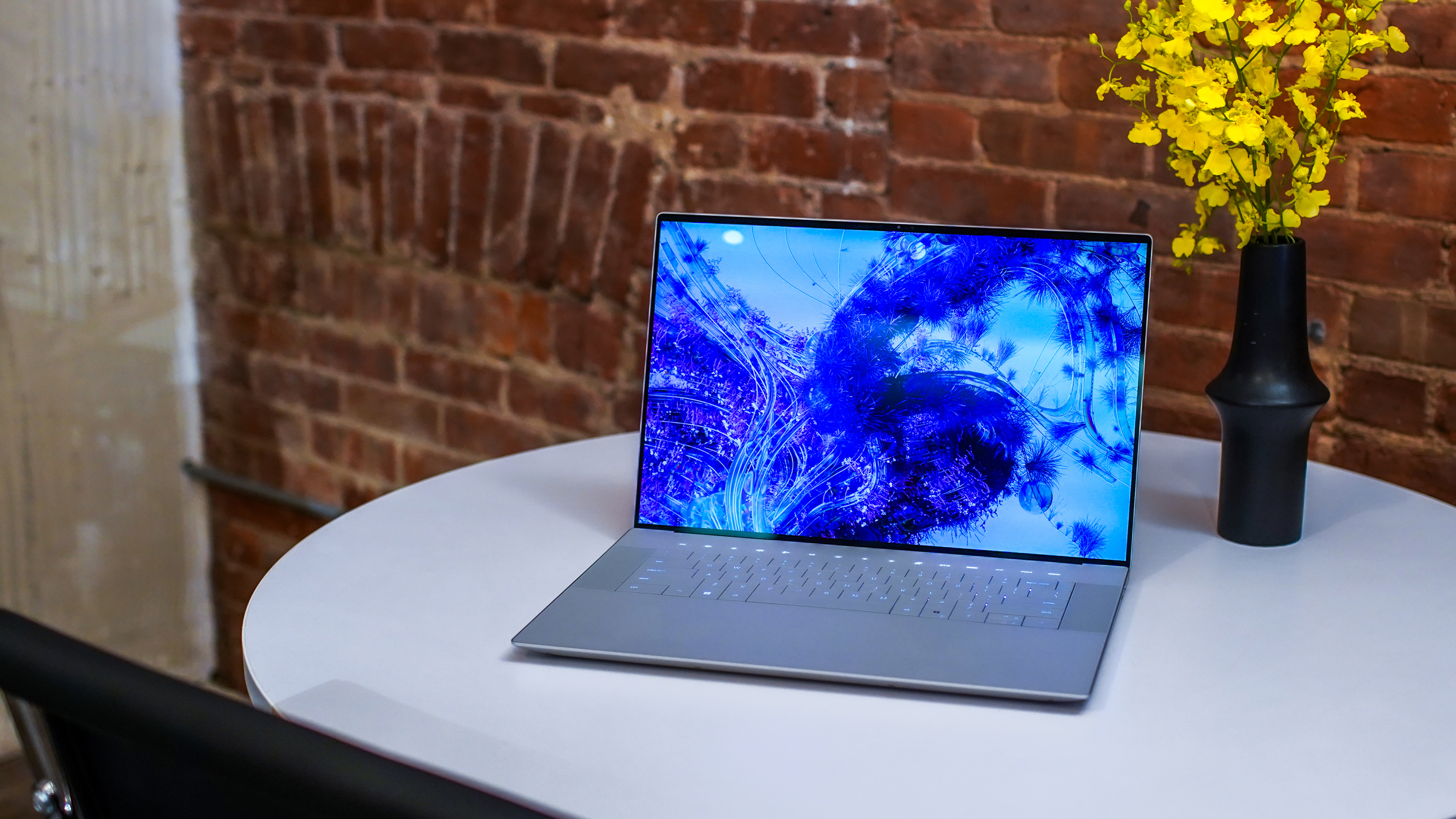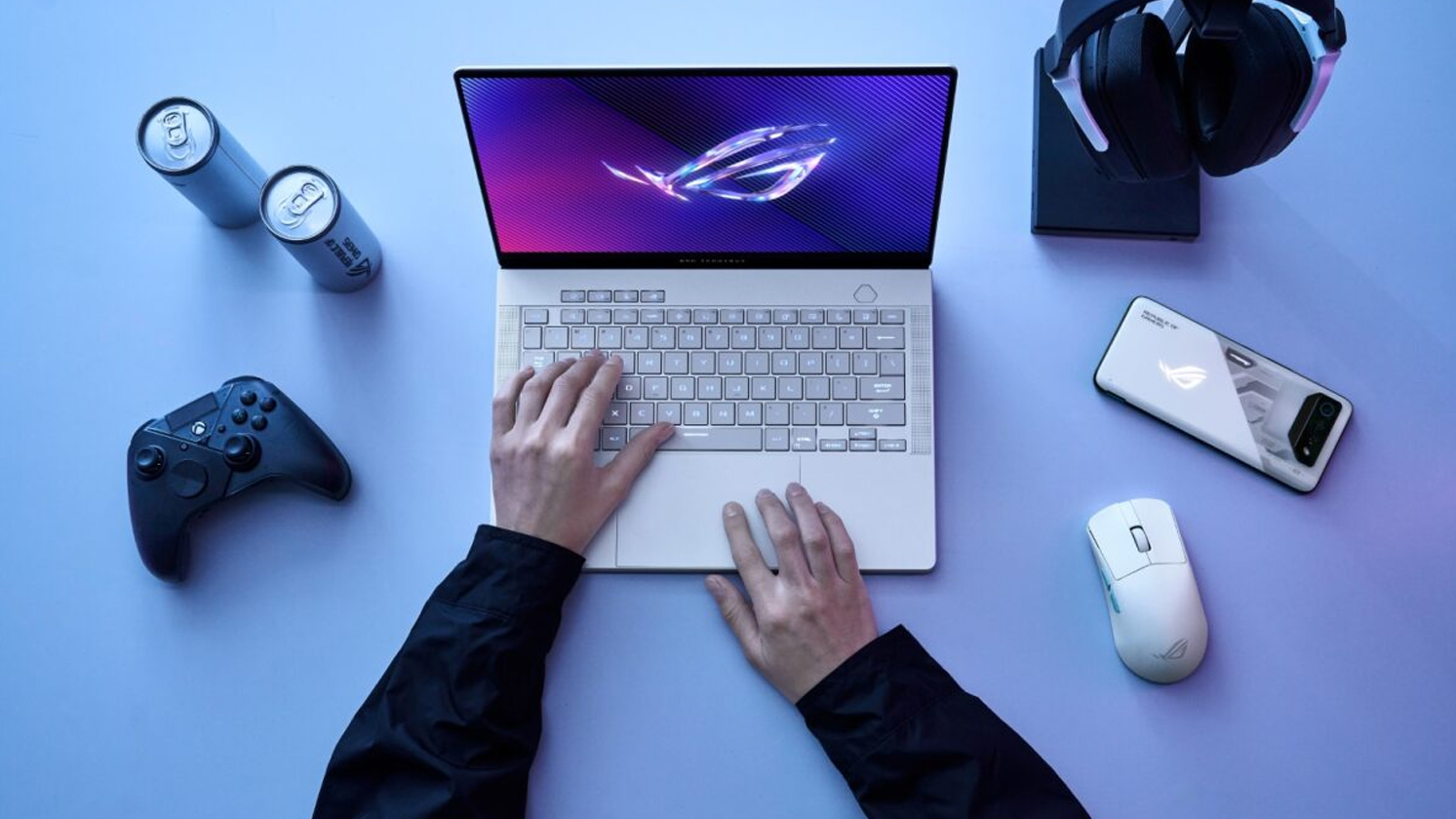Student laptops in 2024: should I buy Mac, Snapdragon, Intel or AMD – and why?
This year has more choice than ever before – so which laptop is best for returning to school, college or university?

More than any year I can remember before it, 2024 has given rise to a mass of laptop choices. That's a potentially great thing if you're a student looking to buy the best laptop for your return to school, college or university – but I can also see how so much choice can quickly get confusing too.
While the general equation used to be "Windows or Mac?", things have expanded this year because Apple no longer uses Intel's chips in its best MacBook options, while Windows laptops from all manner of manufacturers can now be powered by Intel, AMD or Qualcomm chips – with different considerations in which you might want to buy and why.
I've already written about what Qualcomm's Snapdragon X Elite chipset is, but in this article I'll focus on the best laptop options that will befit students, aligning some great purchase options from throughout the range and why you might consider buying. Be sure to check out T3's other 'Back To Class' articles, too, as there's lots of buying advice across working from home, transport and more to take stock of too.
1. The Apple choice

If you're keen on Apple's products and you're happy using macOS – which is entirely separate from Windows, with different file types for application installs – then there are clearly various best MacBook for students options to consider. I'd always look to buy a generation old if there's a deal on, though, which is why the 2020 MacBook Air still remains a great deal.
I know, it's a few years old now, and it doesn't offer the updated design of the MacBook Air M2 model, but the money-saving – as you can see from the embedded widget below – is a great benefit in buying older, rather than dropping all your cash on the even more recent M3 model. You may find exceptions, however, as Apple's own store offers student discount on new direct purchases.
The key reason a modern Mac is different from earlier versions is that Apple now makes its own silicon (hence the 'M' chips). And in this Air format it's designed to function without the need for air-cooling. That means no whirring fan, no noise, and lower power consumption. The end result is a long-lasting laptop with ample power, but among the best battery life you'll get from any laptop option today. Plus you can install all the professional and productivity apps you'll need.
2. Best battery for Windows

Traditionally, Windows laptops were dominated by Intel chipsets. But as the years have gone by, more competition has appeared. That included mobile chip-maker Qualcomm, which began offering hardware for laptop makers – and the first results, using 8CX, were... well, not that good. Why? Because Windows uses what's known as x86 architecture, which was different – and meant not all app types could be installed. It was restrictive.
Get all the latest news, reviews, deals and buying guides on gorgeous tech, home and active products from the T3 experts
In 2024 that's all changed, thanks to Qualcomm's new Snapdragon X Elite platform, which uses emulation software to deliver full compatibility. That means no app restrictions – with a few teething issues, granted – and you gain the benefit of great battery life too. The kind of longevity per charge to rival Apple's otherwise lead in that area – making for impressive options.
Among those is the latest Surface Pro (11th Edition), which houses the Snapdragon chip, is beautifully designed, and embodies Microsoft's CoPilot+ to deliver AI-enhanced features. That's another benefit of the Qualcomm chip: it opens to door to artificial intelligence, which should improve and better your workflow as it progresses year by year. That makes this laptop a brilliant option if you've got some extra cash to spare, want to future of technology at your fingertips, but can't forego battery reliability that Intel/AMD Windows machines just can't deliver.
3. The cheap alternative

One thing I've not mentioned in the intro of this feature is the entirely alternative option: buying one of the best Chromebooks! Standing apart from Apple and Windows machines, Google's alternative system uses a different operating system, Chrome OS, which brings its own advantages (and disadvantages).
Chrome is ultimately simpler: you'll run most things through Google Sheets, or install Google Android mobile apps (the same as you'll find on the best Android phones), so you don't get the full-fat app installs as per macOS or Windows. But that's going to be fine for most people: if it's just a cheap buy with some word processing that you want, then Google's got the goods.
It was just last year that a new standard of Chromebook arrived, called Chromebook Plus, delivering higher standards compared to some of the poorly-specified earlier release models. Of those, it's the Acer Chromebook Plus 515 that's got a lot to like about it. With a large 15.6-inch display, your projects will look large and sharp, there's ample storage space and power – and you'll save a packet too. So if Windows/Mac isn't for you then this is a great consideration.
4. For pure power

But here's the thing: while Qualcomm's Snapdragon X Elite is perfectly powerful enough, you might want to do that much more. And that's when you're better off leaning into a higher-spec Intel or AMD processor for Windows, which will certainly be noisier due to fan-cooling, thicker owed to the same reason, and less long-lasting when released from the plug too.
I'm thinking of, say, engineering students or architects who'll be running computer-aided-design (CAD) software, for example, and will want out-and-out processing and graphics support available. For those, I'd consider a laptop such as Dell's XPS 16 – an up-to-the-minute current design, that will certainly cost a bit more than some others listed on this page, but which will bring you oodles of power thanks to Intel's Core Ultra 7 155H chip.
This is where you can't write-off Intel, in my view, as the raw power available here can also be paired with discrete graphics. The review model on T3's bench came with an Nvidia GeForce RTX 4070 GPU, which makes light work of modelling. You're not going to get the same handling from a MacBook Air, Snapdragon-powered laptop, and certainly not a Chromebook.
5. A great gaming deal

While the best gaming laptops tend to cost a small fortune, if you turn back the clock then there are better bargains to be had that keep the cost in check for a more student-aligned budget. And when it comes to gaming on Windows (Apple is progressing, but it's still not quite there), AMD delivers a strong hand with multi-core chips and typically better on-board graphics than Intel's equivalents at the entry-level of the market.
That's why I'd pick a generation-older Asus ROG Zephyrus G14 as a savvy choice for gaming. It looks the part, and it works the part thanks to AMD's Ryzen 9 processor and Radeon RX 6800S graphics. Add in a 14-inch display with fast refresh-rate and you'll quickly see the value in Asus' offering. It's unlike anything else on this list and would be a good all-round option if you have a wide variety of demands. Don't expect great battery life, of course, but that's a given.

Mike is T3's Tech Editor. He's been writing about consumer technology for 15 years and his beat covers phones – of which he's seen hundreds of handsets over the years – laptops, gaming, TV & audio, and more. There's little consumer tech he's not had a hand at trying, and with extensive commissioning and editing experience, he knows the industry inside out. As the former Reviews Editor at Pocket-lint for 10 years where he furthered his knowledge and expertise, whilst writing about literally thousands of products, he's also provided work for publications such as Wired, The Guardian, Metro, and more.
